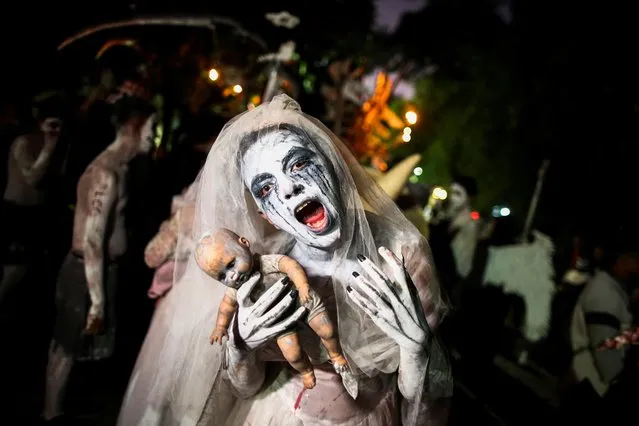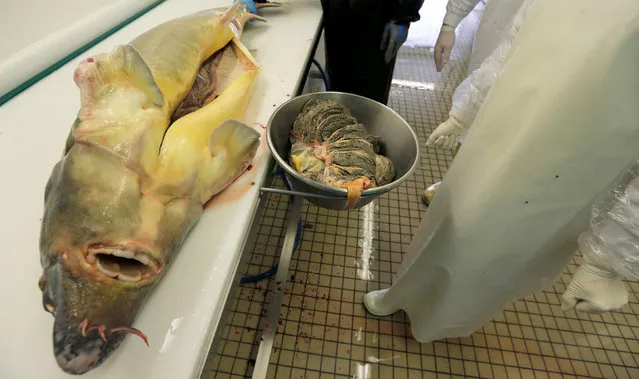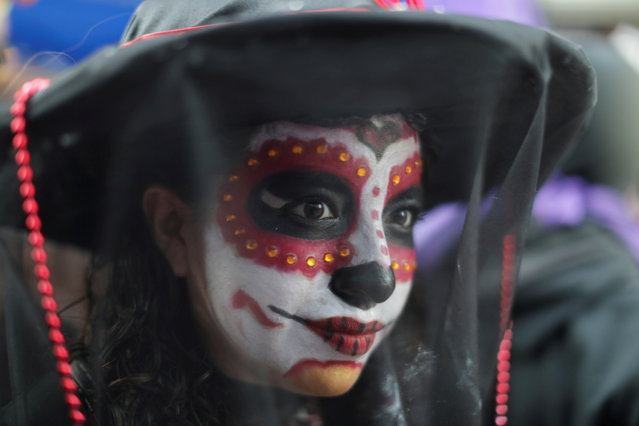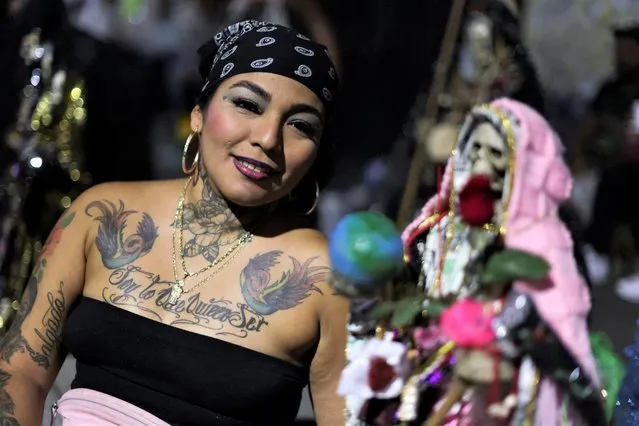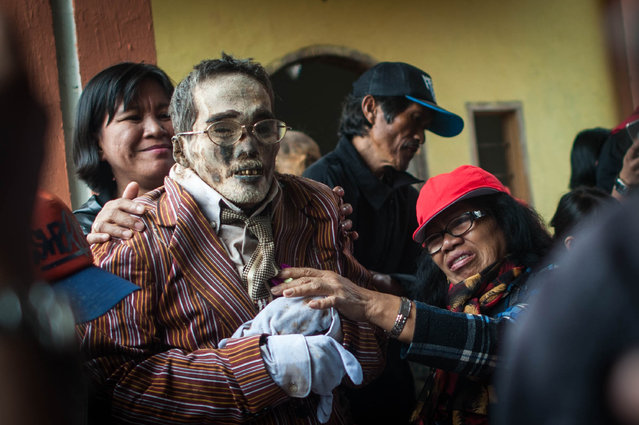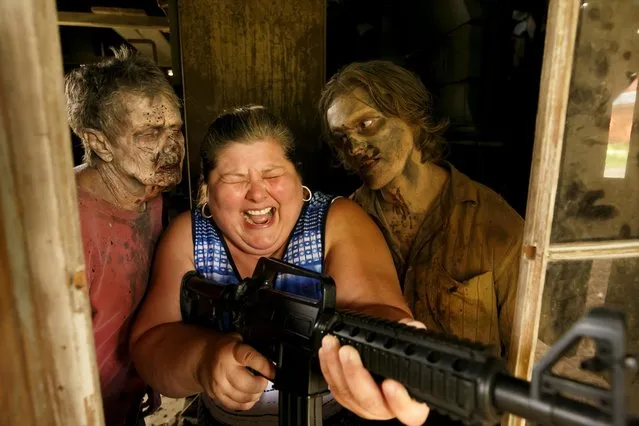
Tourist Amy Powers is approached by “Walker” Matthew Tomlin during The Walking Dead Tour of a Season 3 location of the AMC production in Haralson, Georgia, U.S. on June 15, 2019. (Photo by Chris Aluka Berry/Reuters)
08 Jul 2019 00:01:00,post received
0 comments

